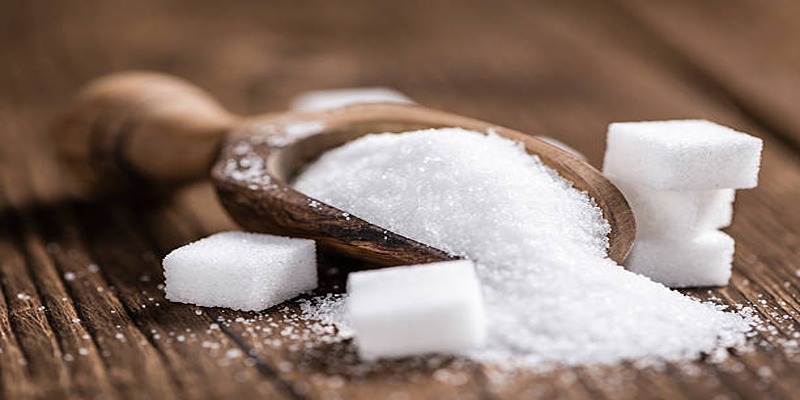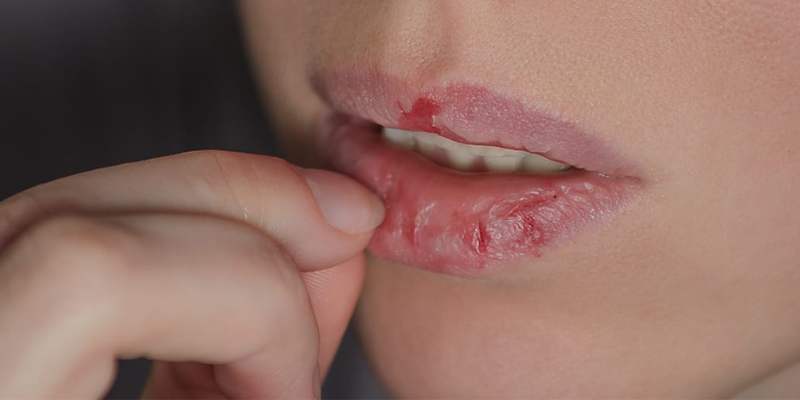Understanding Sugar's Hidden Forms in Our Diet
Sugar is frankly startling in the way it has infiltrated our lives and is often found where one wouldn’t imagine it to be. Well, it is rather possible to identify sugar in cakes and sweets or candies and most importantly in soft drinks but it is also present in many foods we take daily. Taking high amounts of sugar in foods we do not know can have adverse effects on our health. In this article, you will discover the sneaky ways in which sugar creeps into our food.
Why Hidden Sugar is a Concern

Consumption of SUGAR has significantly increased over the last few decades and its invisibility makes it difficult to track how much is consumed. Sugary products can lead to diseases such as obesity, type 2 diabetes, and cardiovascular issues like heart disease. They can also cause gum problems, including tooth decay. Even if you avoid candies and chocolates, hidden sugars in processed foods, sauces, or beverages can be just as harmful.It is quite important to know places where sugar is concealed and how to distinguish it for the sake of eating a sound diet.
Common Foods That Contain Hidden Sugar
Hidden sugars can lurk in many everyday food items, making it essential to read labels carefully and stay informed about what you're consuming. Below are some examples of foods where sugar might be less obvious.
1. Condiments and Sauces
Ketchup, barbecue sauce, and salad dressings are common household staples, but they often contain hidden sugar. For example, one tablespoon of ketchup can have about one teaspoon of sugar, and barbecue sauces are often even sweeter. Creamy or sweet salad dressings can also add more sugar to your diet than expected. Check labels to know what you're consuming.
2. Flavored Yogurt
Yogurt is a healthy option, rich in probiotics and calcium. But flavored varieties, especially fruit-flavored or dessert-like ones, are often packed with added sugars. Some fruit-flavored yogurts can contain as much sugar as a candy bar. A healthier choice is plain yogurt with fresh fruit or a drizzle of honey.
3. Breakfast Cereals and Granola Bars
Breakfast cereals marketed as "healthy" or "whole grain" often hide sugars like cane sugar or malt syrup. Granola bars, while convenient, also frequently contain sweeteners such as honey or high-fructose corn syrup. Some even rival candy bars in sugar, so always check the ingredient list before assuming they're nutritious.
4. Beverages
Sugary drinks like sodas, flavored waters, and energy drinks are well-known sources of added sugar. Even "healthier" options like fruit juices and store-bought smoothies can contain as much sugar as sodas. For example, a glass of orange juice can be just as sugary. Instead, choose water, unsweetened teas, or homemade smoothies to cut sugar intake.
5. Packaged and Processed Foods
Packaged foods like bread and frozen meals are major sources of hidden sugars. Many breads, especially white or "honey-wheat" types, contain added sugar. Frozen meals and canned soups often use sugar to improve flavor, even in savory dishes. Cooking at home and picking minimally processed options can reduce these sneaky sources of sugar.
How to Identify Hidden Sugar?
To uncover hidden sugar in your diet, the first step is learning to read food labels effectively. Here’s what to look for:
1. Different Names for Sugar
Manufacturers use various names to list sugar in ingredient labels. Familiarizing yourself with these terms is essential. Common names include glucose, sucrose, fructose, maltose, corn syrup, cane juice, dextrose, agave nectar, and honey.
2. Nutrition Facts Panel
Check the "Added Sugars" section in the nutrition facts panel. It distinguishes natural sugars, such as those in fruits and milk, from the sugars added during food processing.
3. Ingredients List Placement
Ingredients are listed in descending order by weight. If sugar or one of its aliases appears near the top, it's likely a major component of the product.
4. Marketing Claims to Watch
Terms like "low-fat," "natural," or "light" can be misleading. These products often replace fat or other ingredients with sugar to maintain flavor.
Tips to Reduce Hidden Sugar Intake
Below are some practical strategies to reduce hidden sugar intake and improve your overall health:
1. Cook at Home
Preparing meals at home gives you complete control over the ingredients you use and helps you avoid hidden added sugars often found in restaurant or packaged foods. Experiment with spices, herbs, and fresh ingredients to naturally enhance flavors without relying on sweeteners. Cooking at home also allows you to make healthy swaps, like using honey or maple syrup in moderation instead of processed sugar.
2. Opt for Whole Foods
Whole, unprocessed foods such as fruits, vegetables, nuts, legumes, and lean proteins are naturally low in sugar and packed with essential nutrients. These foods provide fiber, vitamins, and minerals that help keep your blood sugar stable. For example, swap refined grains like white rice for whole grains like quinoa or brown rice to reduce sugar spikes while still enjoying satisfying meals.
3. Choose Unsweetened Products
When shopping for groceries, opt for unsweetened versions of staples like yogurt, almond milk, or teas. Many "low-fat" or "light" products sneak in added sugars to enhance flavor. Sweeten these products naturally with fresh fruits, like berries or banana slices, or add spices such as cinnamon or nutmeg for a delicious touch without extra sugar.
4. Limit Sugary Beverages
Sugary drinks like sodas, energy drinks, and fruit juices are some of the biggest culprits for added sugar in diets. Replace them with healthier options like plain water, herbal teas, or infused beverages made with fresh fruits and herbs like cucumber or mint. If you’re craving some fizz, try plain sparkling water with a slice of lemon, lime, or a splash of natural fruit juice.
5. Read Labels Carefully
Read ingredient labels on packaged foods. Added sugars can hide under names like high-fructose corn syrup, sucrose, or cane sugar. Compare brands to find options with less sugar and fewer artificial sweeteners. Even "healthy" items like granola bars, salad dressings, and protein shakes can be loaded with sugar, so checking labels helps reduce your intake.
The Benefits of Cutting Back on Sugar

Reducing sugar intake can lead to noticeable improvements in overall health. Here are some benefits:
- Weight Management: Avoid empty calories that lead to weight gain.
- Improved Energy: Stable blood sugar prevents energy crashes.
- Lower Risk of Diseases: Less sugar reduces chances of diabetes, heart disease, and more.
- Better Oral Health: Less sugar means fewer cavities and plaque.
- Healthier Skin: Cutting sugar reduces inflammation linked to acne and aging.
Understanding and managing hidden sugars in your diet is essential for long-term health. These sugars, often unnoticed, can sneak into your meals and drinks, contributing to numerous health issues. By learning to recognize hidden sources of sugar and making intentional changes to your habits, you can significantly improve your well-being. Small, consistent efforts lead to lasting benefits. Take control of your diet today by being more mindful of what you eat, and enjoy the rewards of a healthier lifestyle.











